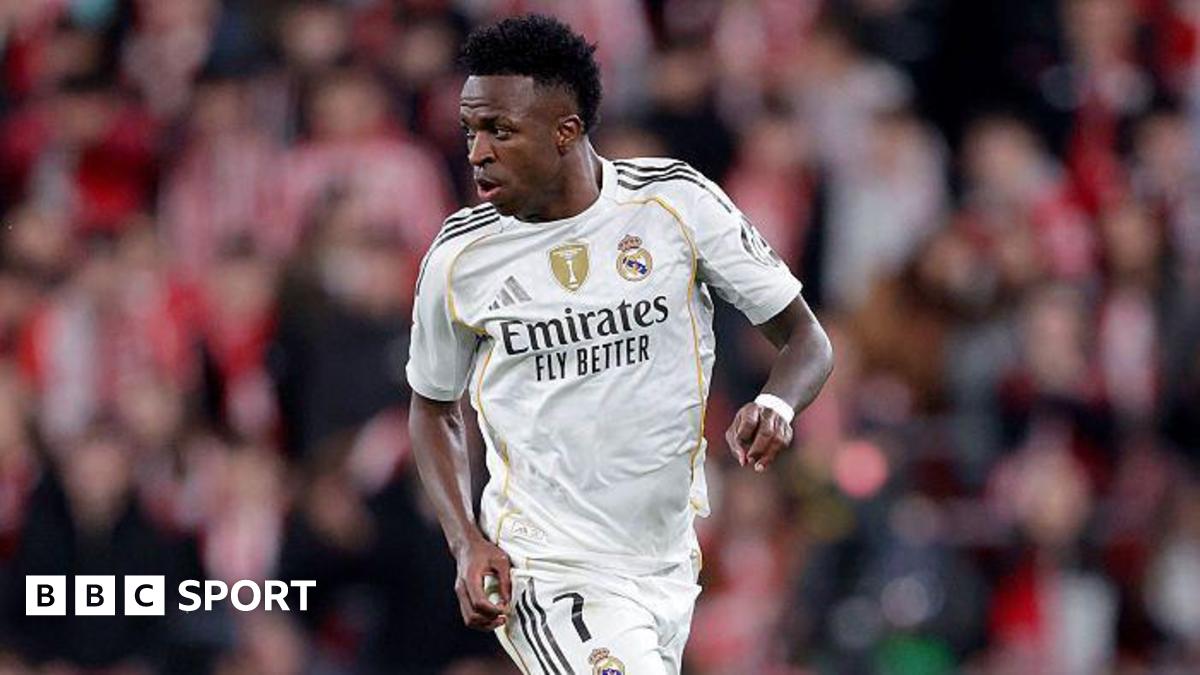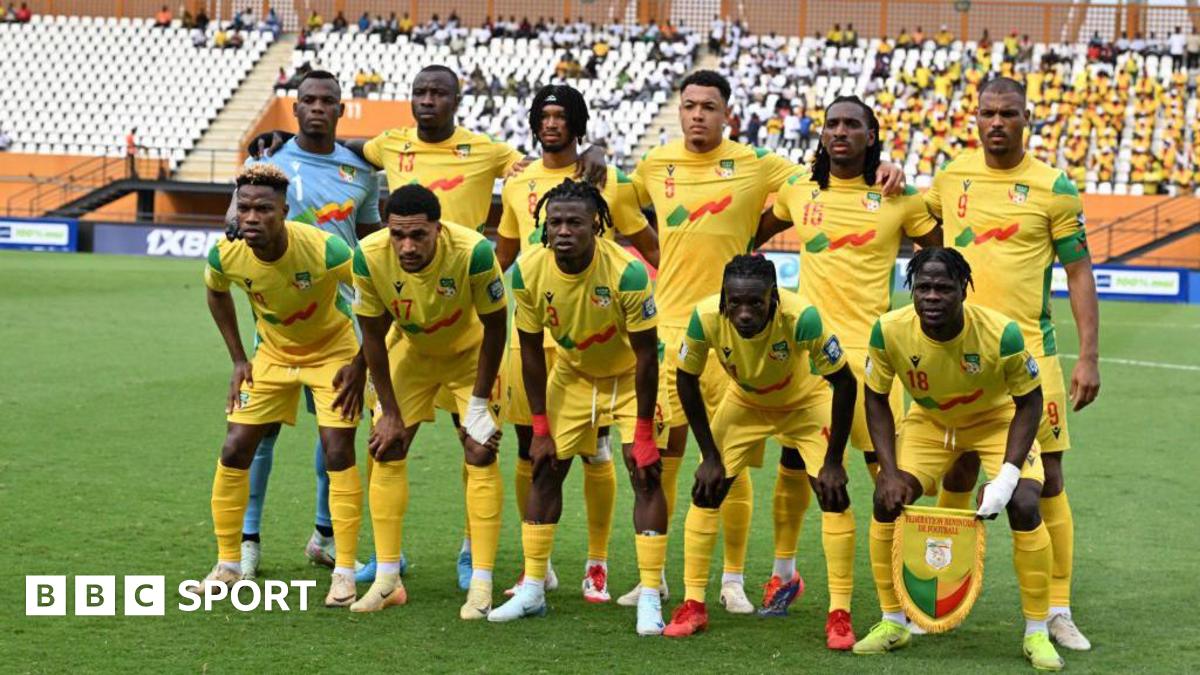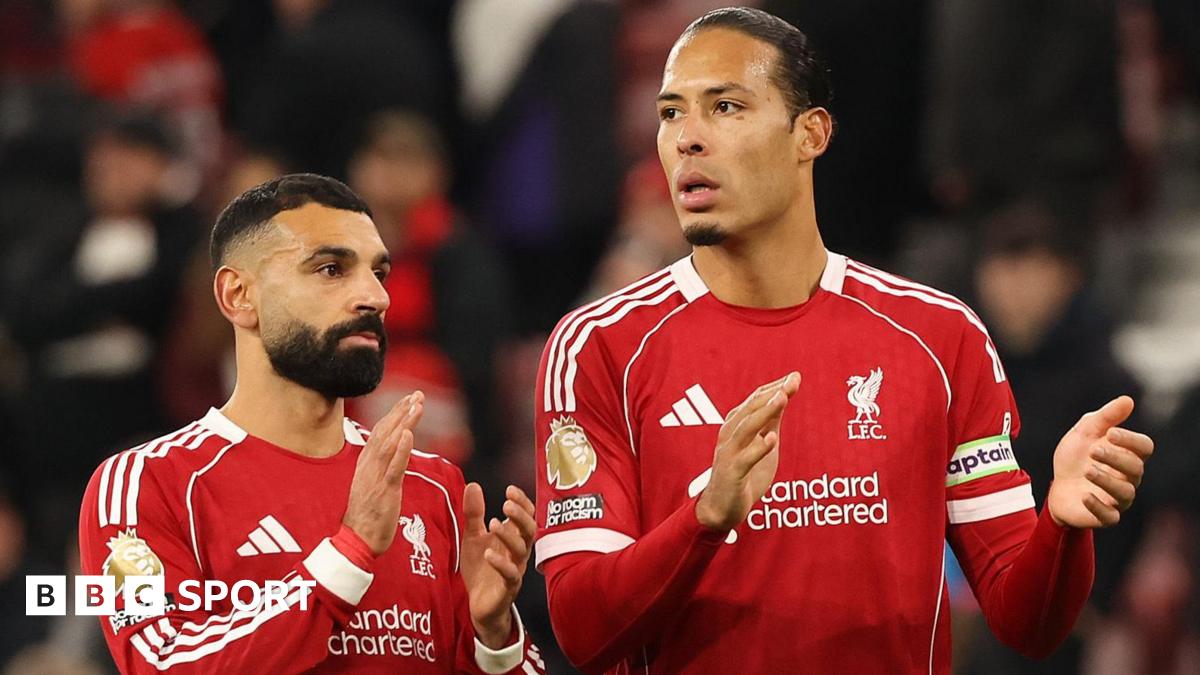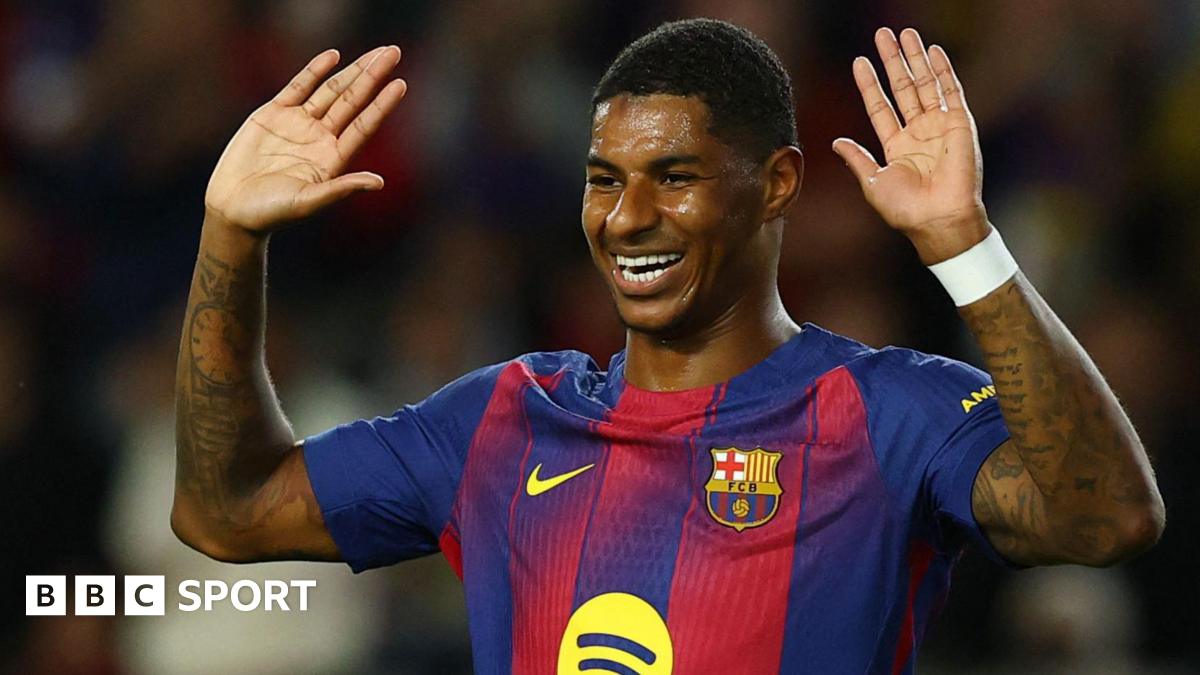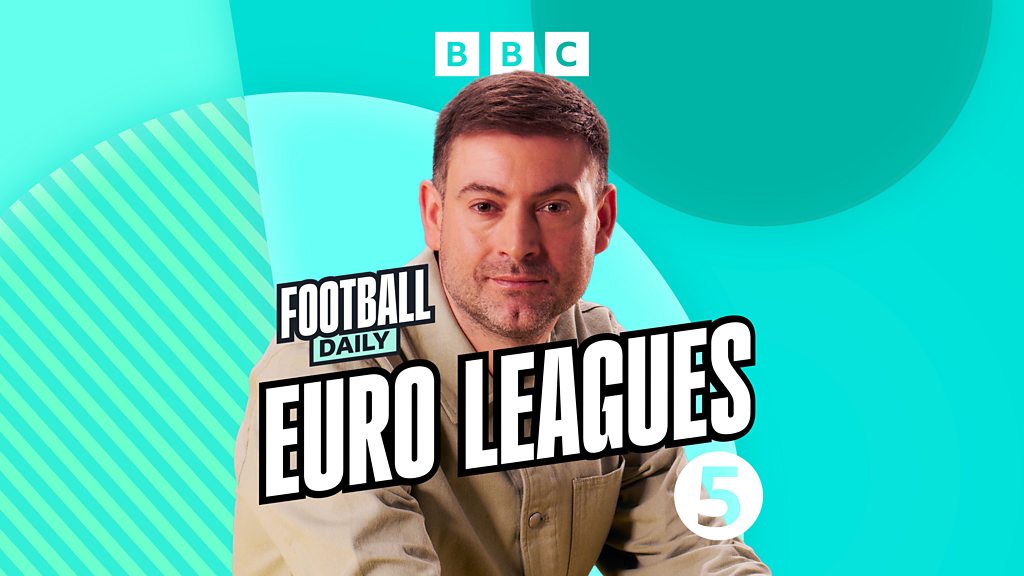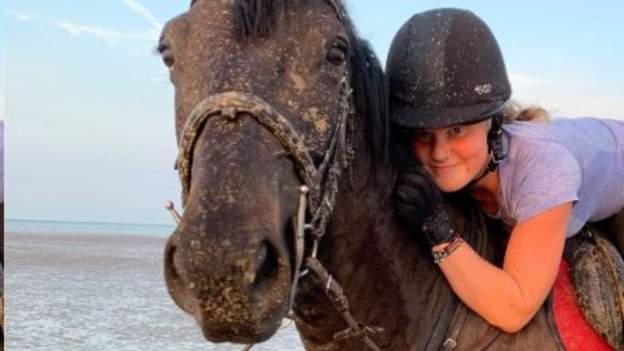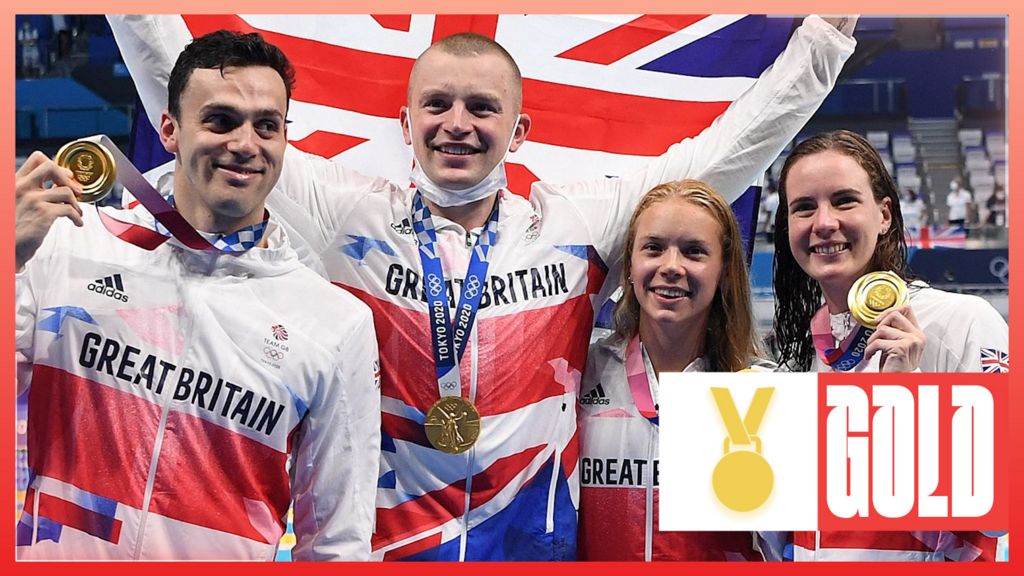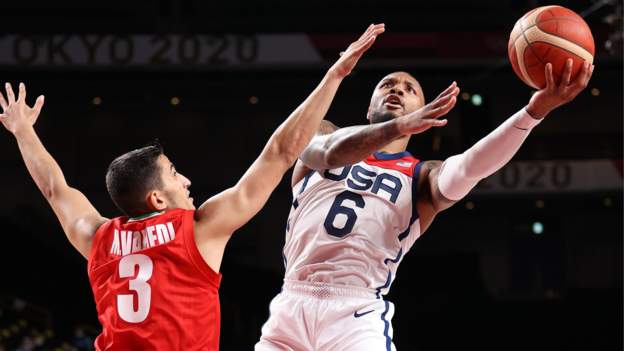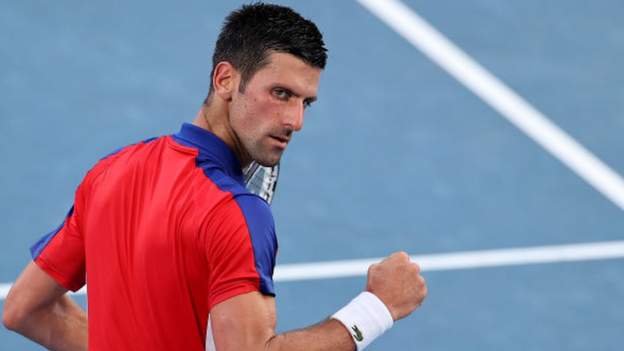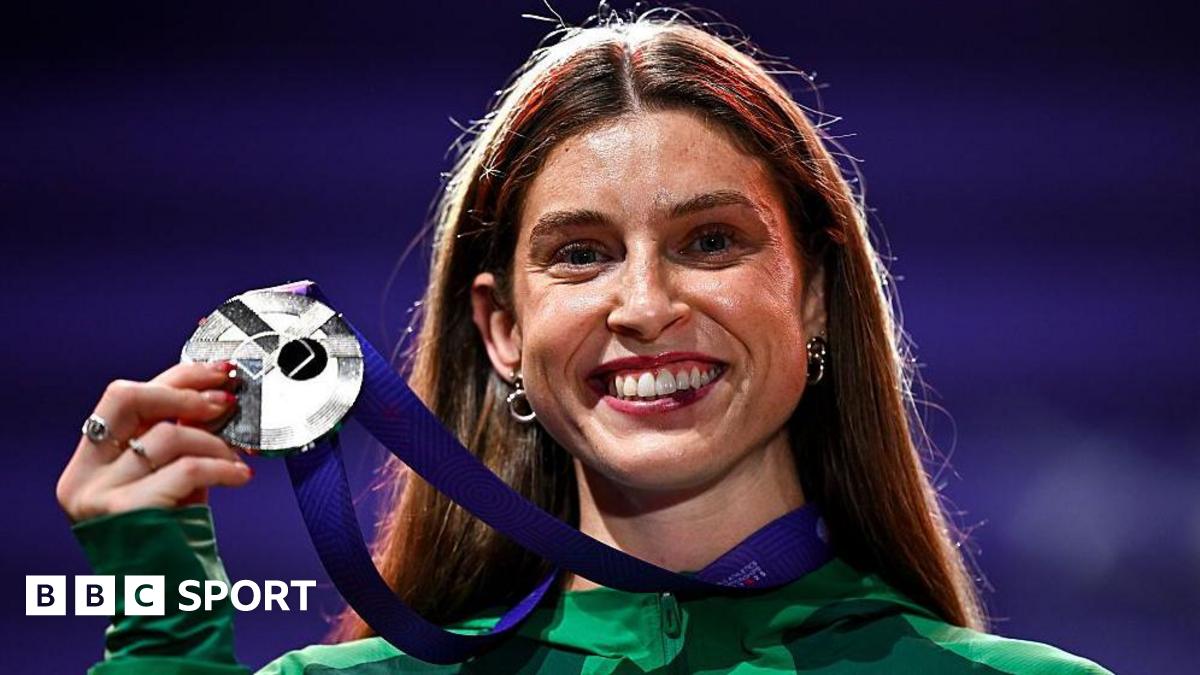“When I was losing weight, I felt like a true athlete.”
Bobby Clay’s problem was she was listening to what others were saying, rather than what her body was telling her. And it brought a premature end to her athletics career.
Rewind to 2015 and Clay, then 18, was a European 1500m champion and regarded as one of Britain’s best middle-distance prospects.
Yet behind the scenes, a different story was unfolding. Following years of undereating and overtraining, her bones were so brittle they were breaking.
Aged 19, Clay was diagnosed with osteoporosis. Starved of oestrogen, she’d never had a period.
She has since become an advocate for opening up the conversation around Relative Energy Deficiency in Sport – RED-s, formerly known as the female athlete triad – and its devastating impact, which has left her virtually unable to run.
It has been a long road to self-acceptance, and it is a journey she is still on.
“I was carrying 25kg feed sacks around from five to six years old. I was very strong naturally, even though I was tiny,” Clay, who is 4ft 11in, tells BBC Sport.
She speaks of a joyful childhood spent running alongside her mother – who was a county-level athlete – and sister, or looking after horses.
“Oblivious” to how she looked, Clay caught the running bug.
“I didn’t see my body as a ‘body’, it was simply a vessel to do things with,” she says. “The buzz I got from running was just indescribable, even at that age.”
She was 11 when, following comments from others, she began to question the flesh and bones she had previously accepted.
“‘You have horse riders’ thighs’,” she recalls being told. “I thought ‘oh, am I not meant to?’ I rode horses but I also ran. It felt like a conflict, almost.”
Around this time, she started to observe a pattern.

“What seemed to happen was the older athletes in my grass-based training group would become less talkative, start to lose weight, and disappear off to the track group,” she says.
By the time she had joined that group aged 15, it had become something of the “norm”.
“I was accepting of the fact I wasn’t meant to look the way I did,” she says. “In my head, I was the odd one out.”
She was not alone in her thoughts – the 2020 BBC Sport Elite Sportswomen Survey concluded that 77.5% of female athletes are conscious of their body image.
“I knew I was different – I was stronger than everyone else,” says Clay. “I could out-lift any of them in the gym. But that’s not what I wanted. I wanted to run the quickest.”
Her results spoke for themselves, but it wasn’t enough.
“The girls I was racing all looked the same, so my head began to compute the way I was just wasn’t… right,” she says.
“Everything I saw on the TV confirmed that. And the blase comments too. I’d be told I looked like a 400m/800m girl and that it was ‘surprising’ I did cross-country too.”
Clay recalls being told: “You’ve got some powerful thighs on you, girl.”
“I’d get that from dads and grandads at events,” she adds. “I’d just won, they didn’t know me, why were they commenting on how I looked? I have things that really stuck with me during that period.”
And so the cycle began.
Clay says she was a “training addict” and would stop at nothing to train longer and harder than anyone else. Greatly ambitious, desperately malnourished.
But she paid a huge price.
The body she had accepted, then rejected would now prevent her from doing the very thing she loved. The lack of periods represented a body starved of the female sex hormone required to maintain bone density.
She had to stop running, something she simply could not compute.
“Even at this point – after everything I’d gone through and I’d been told – I still didn’t want periods,” she says. “It still meant to me that I was out of shape if I had one. It’s crazy.”
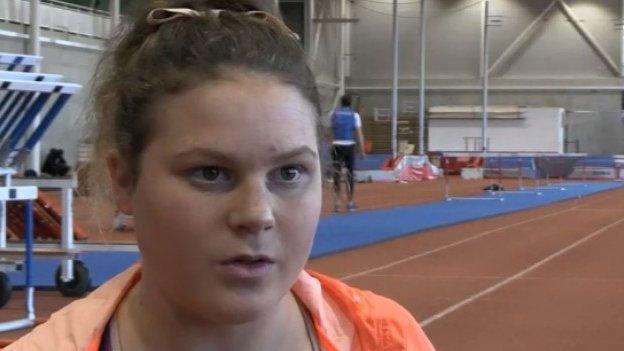
Clay was placed on hormone replacement therapy, feeding her body the oestrogen it had been starved of. The body-changing side-effects took further adjustment.
“It was an overnight thing – I just blew up,” she says. “I woke up, looked in the mirror and thought, ‘who the hell is that?’ I didn’t look like me.
“It was so out of my control. Embarrassed, hypersensitive, training like mad and still getting bigger. I was really in a mess.”
Clay reached a point at which she was actively avoiding human contact.
“I didn’t want anyone to see me,” she says. “I was training at six in the morning and 10 at night, avoiding any photos with friends or family.”
At that point, Clay was approached by the Loughborough Students’ Cycling programme – one her older sister had become part of after falling foul of similar habits in athletics. It was a lifeline.
“It was everything I needed,” she says.
With her trademark cackle, she looks back on those first steps into the velodrome.
“I’ve done GCSE physics, there’s no way I’m staying upright on that bike!” she laughs.
“But I did it. I got the bug and suddenly I felt like me again. It gave me a reason to train.”
Four years on from her diagnosis, she reflects on the triggers.
“We love to self-torture,” she says. “We hear or read a negative comment and we listen. In fact, we look for it and hyper-analyse it.
“I remember people starting to comment that I ate a lot, so I started eating less.”
The damage done to Clay’s bones is irreversible. Her pain is evident, yet she radiates an optimism and maturity far beyond her 23 years.
“What would I say to myself, looking back? ‘Look at what your body is doing for you already, now tell me, do you really hate it?'” she says.
“Ultimately, I was already winning at the start. My secret weapon was up here, in my head.”
If you or someone you know has been affected by issues raised in this story, help and support is available at bbc.co.uk/actionline

